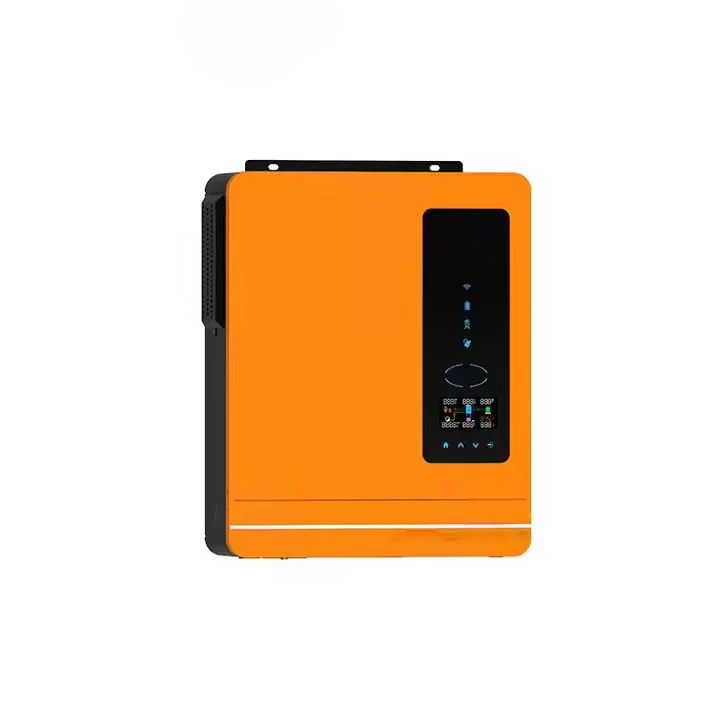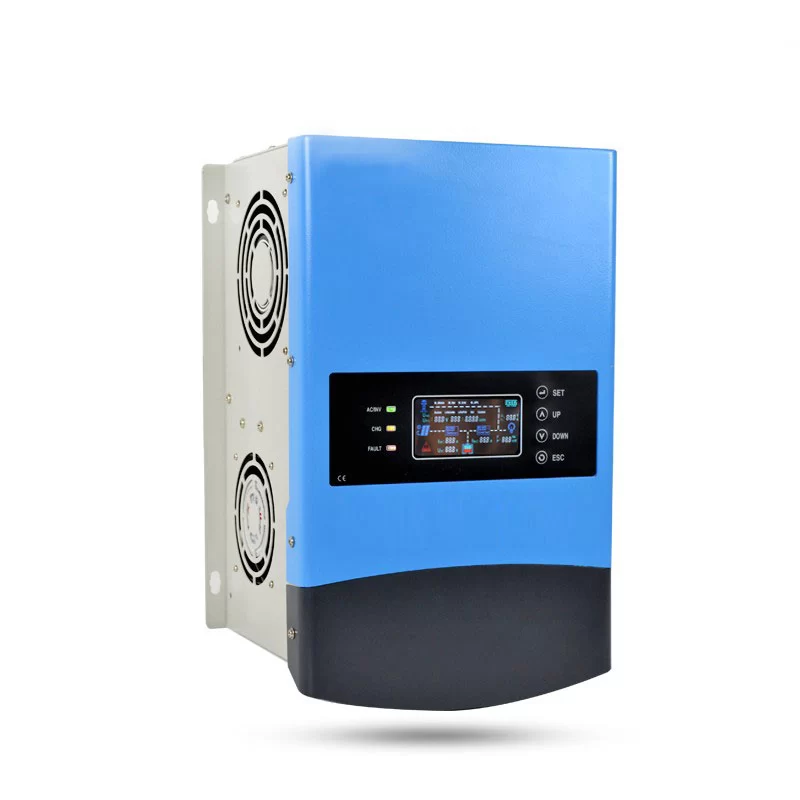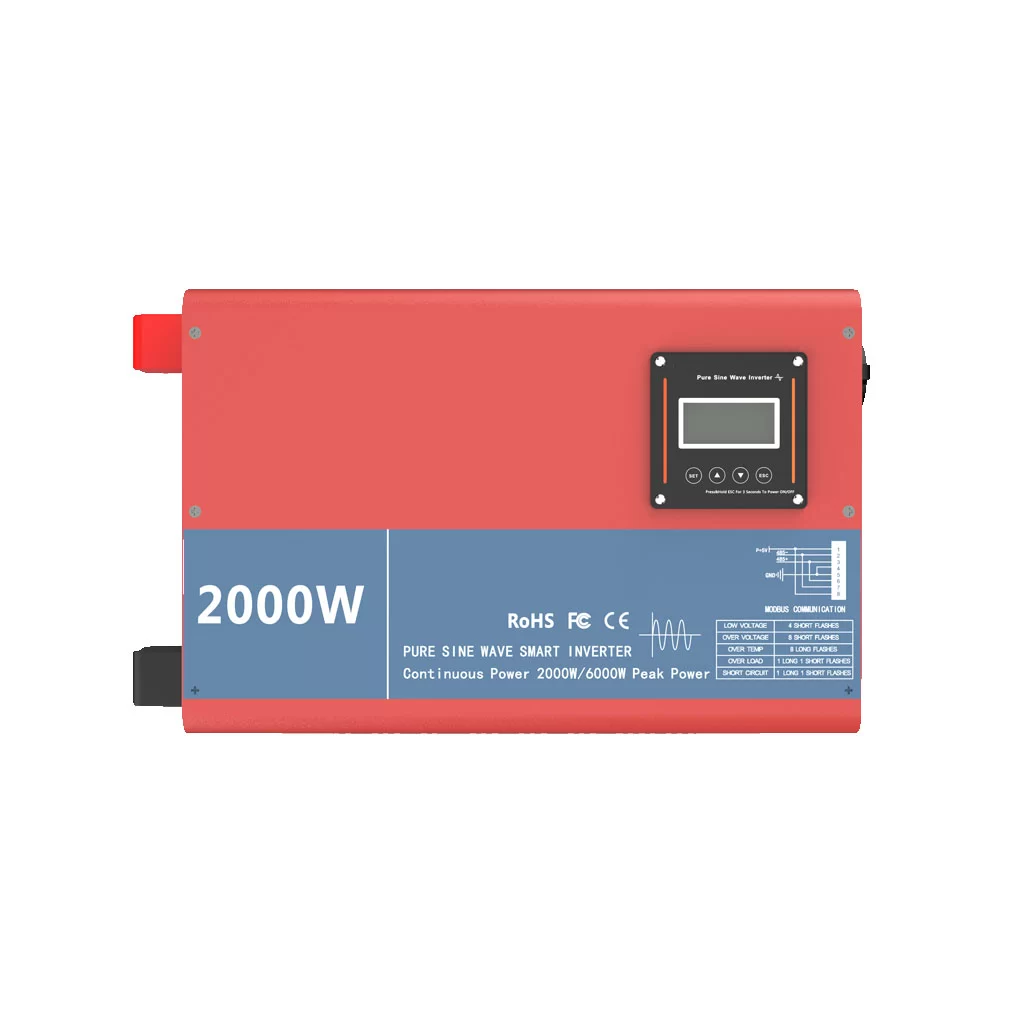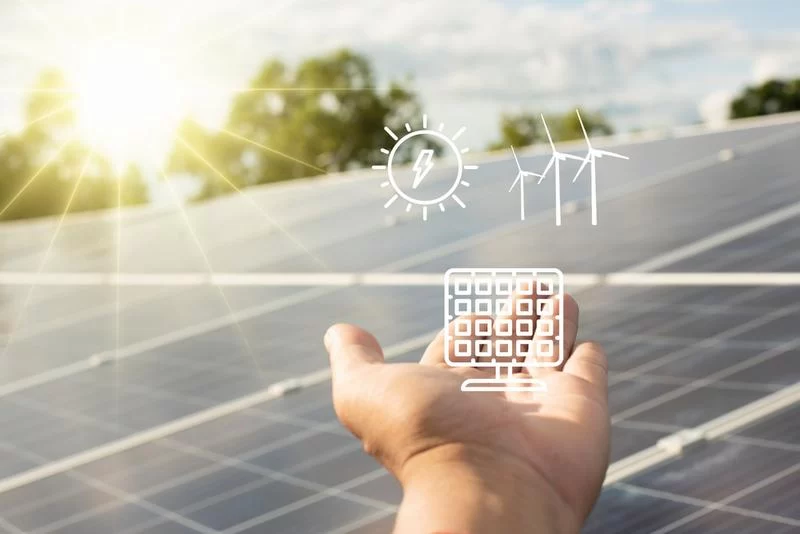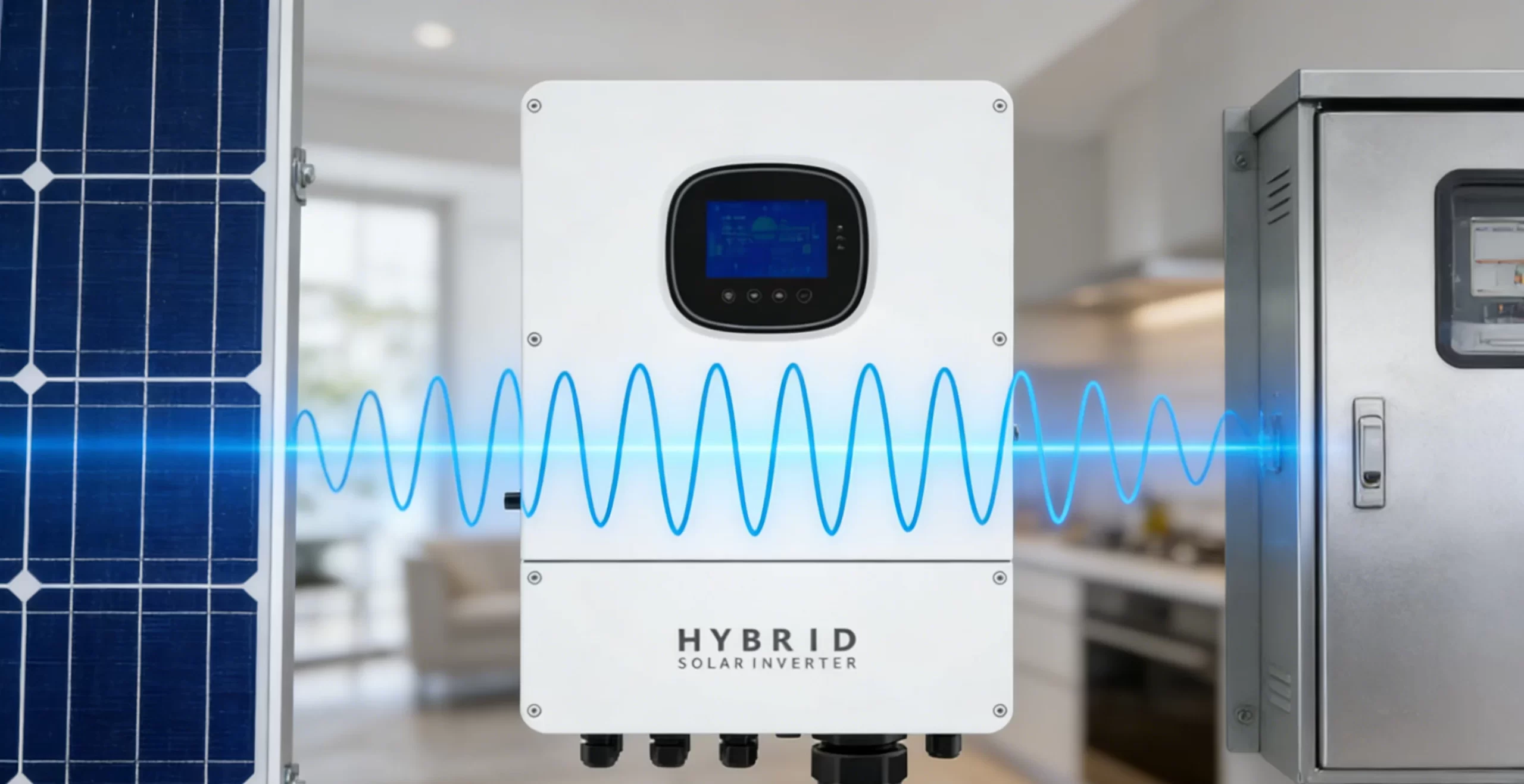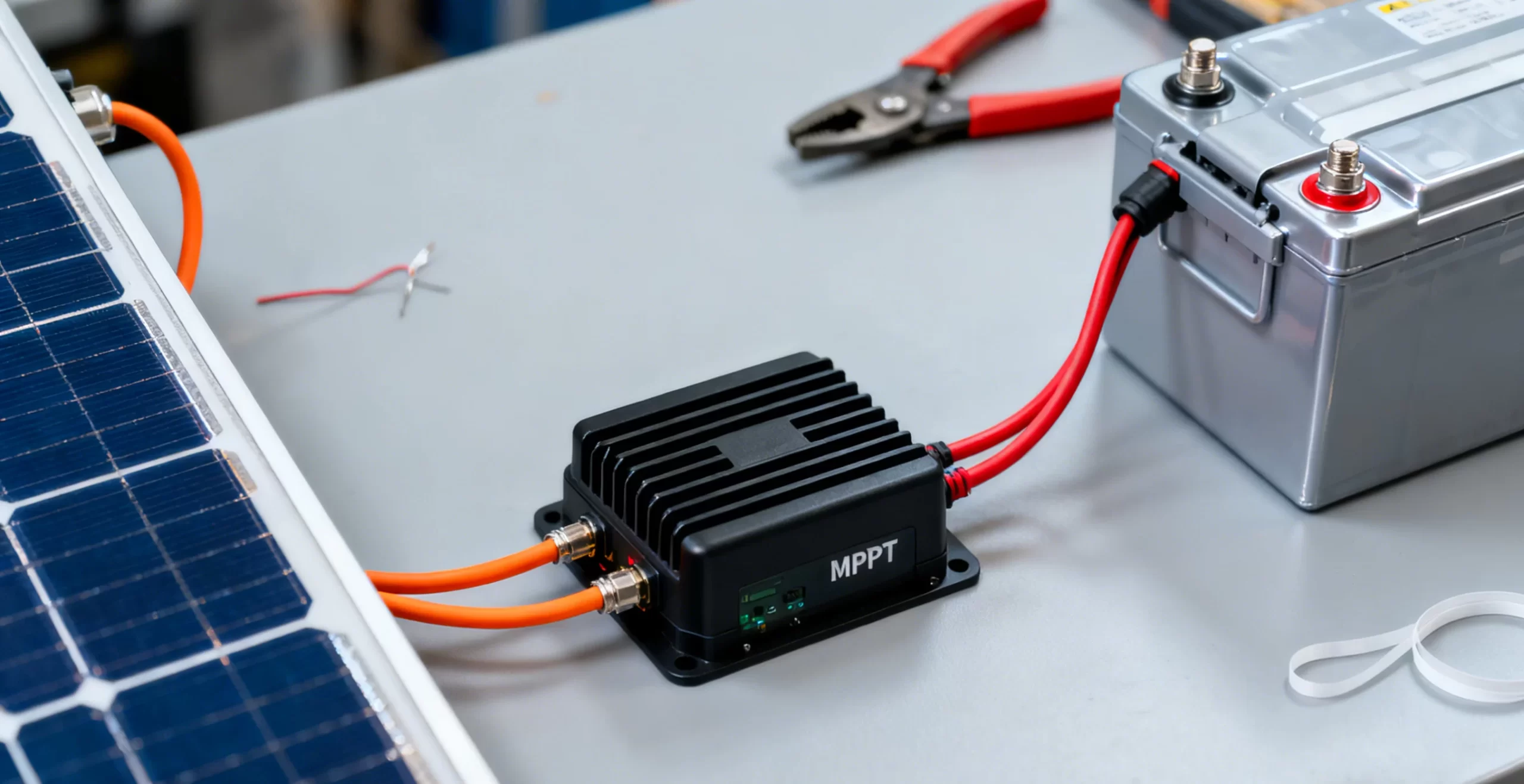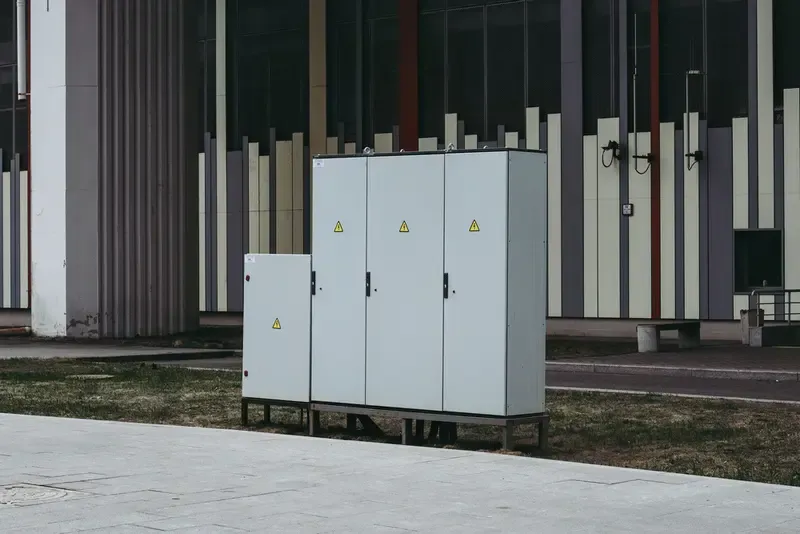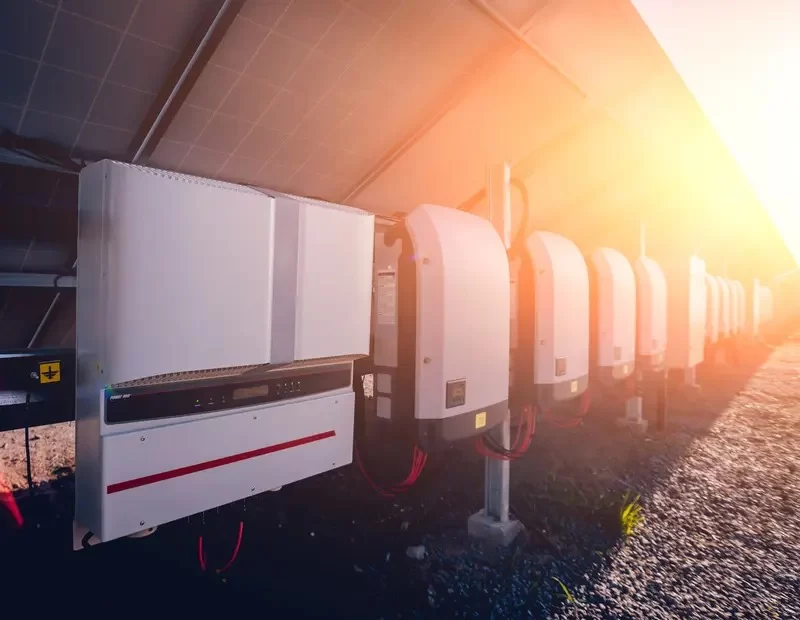Get A Quote Now!
Exploring Innovative Solar Battery Solutions: The Future of Solar Energy
The Rise of Perovskite Solar Cells
Perovskite solar cells have emerged as a groundbreaking innovation in solar technology. This new type of solar cell is distinguished by its low production costs and high light-to-electricity conversion efficiency. Laboratory tests have shown that perovskite cells can achieve up to 33.9% efficiency. Recent advancements also include the development of all-perovskite tandem cells, which have demonstrated significant improvements in both efficiency and stability.
Advances in Silicon Heterojunction Solar Cells
Silicon heterojunction solar cells represent a major leap forward in solar technology. Developed by Longi Green Energy, these cells have achieved a record-breaking 26.81% conversion efficiency, setting a new world record for silicon-based solar cells. Their superior performance has made them a critical component in the transition towards cleaner energy sources.
Transparent Solar Panels
Transparent solar panels are another significant innovation, especially useful for building-integrated photovoltaics (BIPV). These panels not only generate electricity but also serve as an aesthetic and functional part of building materials, enhancing both the aesthetics and functionality of structures.
High-Efficiency Silicon Solar Cells
Researchers are continuously improving silicon solar cells by exploring new materials and manufacturing techniques. For instance, doping technologies and surface treatments have been shown to substantially boost the performance of silicon-based cells. These advancements contribute to higher energy efficiency and more cost-effective production.
Flexible Solar Cells
A novel strategy developed by the Shanghai Institute of Microsystem and Information Technology enables the mass production of foldable silicon wafers and flexible solar cells. These flexible cells offer high efficiency and the ability to be rolled up, making them ideal for portable devices and wearable electronics.
Copper Indium Gallium Selenide (CIGS) Solar Cells
A collaborative effort between Uppsala University and First Solar has led to a new record for CIGS solar cells, achieving an efficiency of 23.64%. This advancement underscores the potential of CIGS technology in the solar energy sector.
Tandem Solar Cells
Tandem solar cells, combining crystalline silicon and perovskite layers, benefit from the strengths of both materials. The theoretical efficiency limit of these cells is as high as 43%. Recent research has achieved 33.9% efficiency, making them a promising technology for the future.
The Emergence of Smart Photovoltaic Systems
With the advancement of smart technology, smart photovoltaic systems are becoming increasingly prevalent. These systems integrate sensors and control systems to monitor and adjust power output in real-time, ensuring the stability and reliability of energy supply.
The Future of BC Cells
Although BC cells face high production costs and technical challenges, their high conversion efficiency and superior real-world performance make them a promising direction for the future of the photovoltaic industry. As technology matures and costs decrease, BC cells are expected to be a significant evolution beyond Topcon and HJT technologies, potentially enhancing cell efficiency even further.
The field of solar battery technology is evolving rapidly with numerous innovative solutions that enhance efficiency, stability, and cost-effectiveness. From perovskite cells to smart photovoltaic systems, these advancements are pushing the boundaries of what solar technology can achieve. As new technologies emerge, solar photovoltaic power is set to play an even more crucial role in the clean energy landscape.



